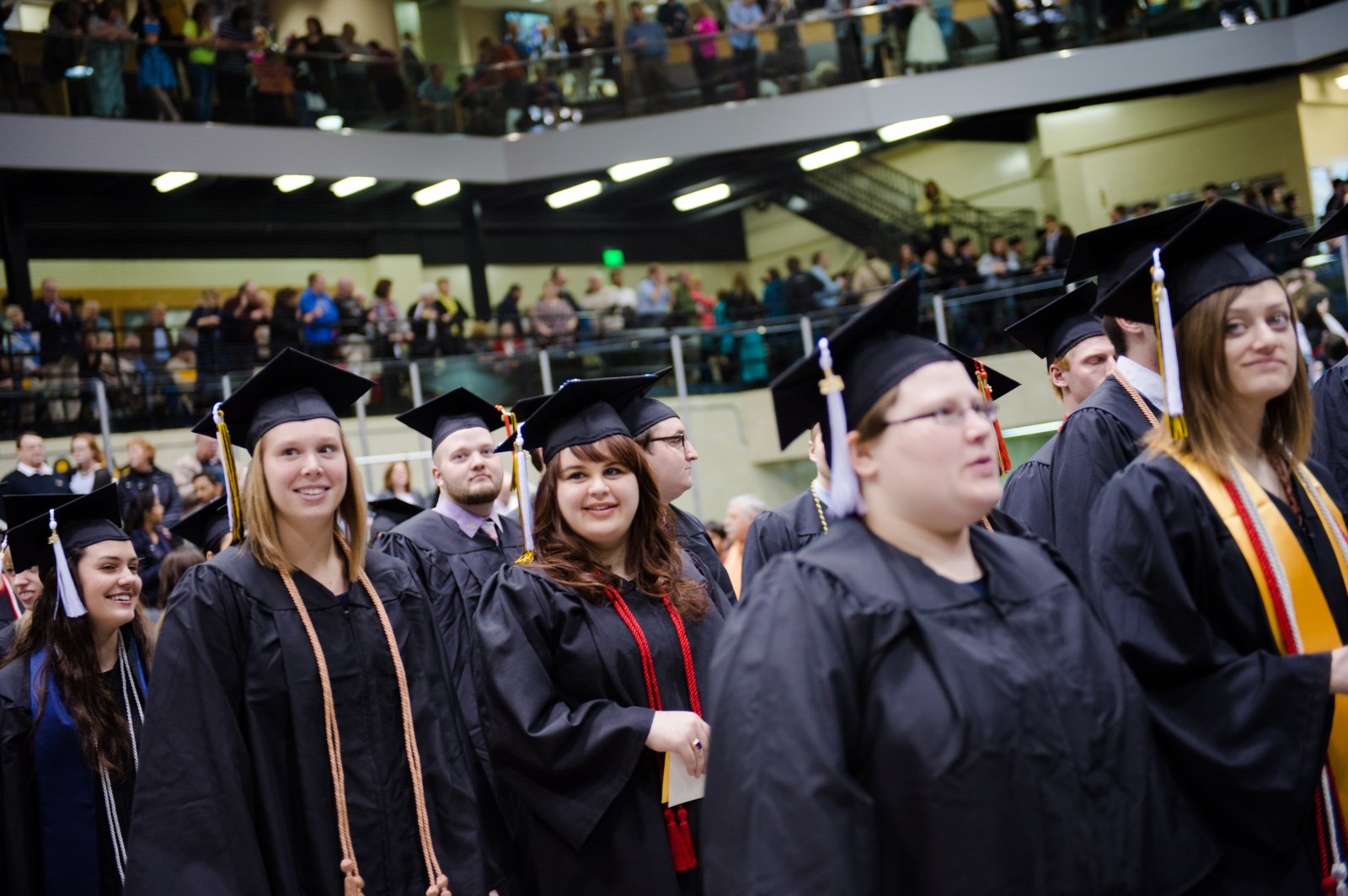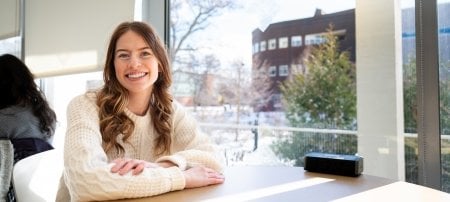The Oscar-nominated film Hidden Figures chronicles the story of three “human computers”—African American women mathematicians Katherine Goble Johnson, Dorothy Vaughan, and Mary Jackson—whose programming skills made astronaut John Glenn’s first orbital space flight possible.
Computer science was just a future fantasy then. Programming was unheard-of. Women did their calculations behind the scenes, unseen, unacknowledged, thought by most to be unimportant. Yet before the launch, John Glenn specifically requested that Johnson personally verify the calculations generated by the mission's electronic computer. She calculated the output for 11 variables to eight significant digits before confirming that the computer's calculations were accurate.
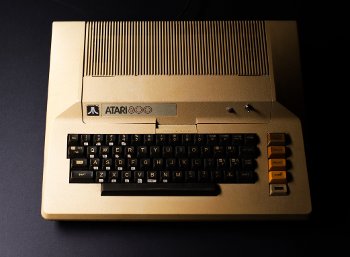
More than half a century has passed. Computer science has grown into the big shoes left by Johnson, Vaughan, and Jackson. Women have made and are continuing to make their mark. But not without some hiccups. Big ones.
Linda Ott lived through most of those hiccups. A professor of computer science at Michigan Tech and former chair of the Department of Computer Science, Ott remembers when she earned her PhD in Computer Science from Purdue in 1978. She was the third woman at Purdue to receive a computer science doctorate. She had no role models or mentors; there were no women on the computer science faculty, and her male advisors were less than encouraging.
As a master's student, Ott tried to discuss with her advisor the pros and cons of going on for a PhD. "If I'm going into academia, I'll need a PhD," she said. "If I'm going into industry, I probably don't." He cut her musings short. "Linda, have you ever thought of having babies?"
Choosing the academic route, Ott earned her doctorate and came to interview for a faculty position at Michigan Tech.
"People told me it was too bad that I had come in March, 'the ugly time of year.' If this is what you call ugly …," she replied. "I loved the campus; I loved the location. And I felt respected. There was no sense of bias." She went on to interview at major industries, but she couldn't resist the siren song of university teaching and the breathtaking Keweenaw Peninsula.
"It was very helpful to have an instructor who was female standing up on that big stage in Fisher 135, teaching us Fortran."
Although she entered academic computer science in the late '70s, Ott understands what went before. In 1961, when Hidden Figures was set, Ott says, computers were massive feats of engineering, and since engineering was a male-dominated field, those early computing behemoths were built and operated by men. The software that ran the machines was invisible. No one understood how hard it was to write code. So the invisible women who knew how to perform complicated calculations were put to work on those tasks. "Their efforts were vastly unappreciated," Ott observes.
Then computers began to appear in business and industry. Typically someone in the company had to learn programming skills, since there were no computer science graduates then. "Most technical workers at the time were male, so it was typically males who developed this expertise, and very often it was the introverted male who enjoyed hours working quietly alone, poring through manuals and learning to write code," Ott explains.
Things changed in the '70s. More women were attending college, and the new field of computer science seemed an excellent choice for women. "Many thought that since it was a new field, it was not dominated by long-standing male-influenced traditions," says Ott. So undergraduate computer science programs saw a substantial increase in numbers of female students.

That's when Linda Wittbrodt '83 came to Michigan Tech to study computer science. "There were a good number of women in our class," said Wittbrodt, who started in 1979. "For those of us who really enjoyed math and didn't want to teach, it was a good option."
Wittbrodt felt empowered by Ott's presence on the computer science faculty. "It was very helpful to have an instructor who was female standing up on that big stage in Fisher 135, teaching us Fortran," she recalls.
But simultaneously, in the late '70s and early '80s, personal computers began to appear as kits. Kits have to be built, and building things tends to be a male-dominated pursuit, so personal computer kits were marketed to boys. Boys built them, and boys learned to use them. This only reinforced the "nerdy male" stereotype, Ott suggests.
Then came a push to put computers in schools. But they came with no training for the mostly female, computer-clueless teachers, so the boys—who already knew something about computers—took them over. Teachers and female students found themselves out of luck.
Soon the educational system started adding "computing" to the curriculum. However, "computing" tended to mean keyboarding and word-processing, not programming, Ott points out.
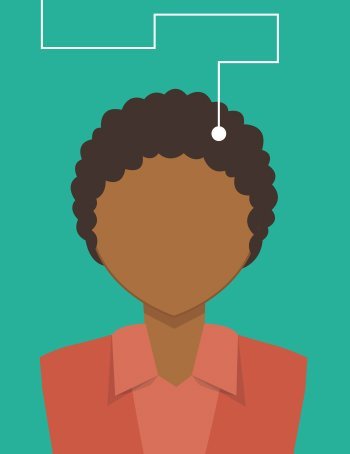
So the rise of women computer science majors in the 1980s—from 11 degrees awarded to women by Tech in the '70s to 129 in the '80s—soon crashed, with 52 women receiving BS degrees in computer science in the '90s and only 24 from 2000 to 2010.
Wittbrodt, who worked as an engineer at Zenith Electronics and a software developer at Olmsted Engineering before becoming executive vice president for research and development at Janco International, watched the change from the workplace viewpoint. "I think women today almost have a bigger struggle than we did," she says. "Computer science was more pure back then, all about learning the languages and writing the code. Now there is gaming, nerds and the like, which brings male images to mind. You say computer science, and you think of Steve Jobs, Mark Zuckerberg, Bill Gates—all men. And social issues are more talked about now, so the lack of females in computer science is more recognized, which automatically makes it a bigger issue to overcome."
But Ott says, "The good news is that things are changing." In fall 2016, Tech was back up to 51 female computer science majors.
"Slowly but surely, classrooms and workplaces are becoming more welcoming and inviting to women."
Ott and many colleagues at Michigan Tech can take a lot of credit for that turn-around. Starting in 2000, Ott and Tech's Summer Youth Program have been bringing high school girls to campus for a hands-on week of Women in Computer Science (WICS). Ott and fellow computer science faculty member Charles Wallace reach out to K-12 students in the Houghton area with Code Ninjas workshops for middle school girls. Wallace and Leo Ureel Jr. '95 '03 do Hour of Code, part of a world-wide effort to interest young people in computing. For three years in a row, Ott has won competitive Google funding to sponsor summer computer science workshops for teachers. And she spearheads the University's participation in two National Center for Women and Information Technology (NCWIT) programs: Pacesetters, a unique, fast-track program in which postsecondary institutions, startups, and corporations work together to accelerate their organizations' number of technical women; and Aspirations in Computing, which provides girls and women with ongoing engagement, visibility, and encouragement for their computing-related interests and achievements.
NCWIT is the guiding light of 900 organizations working at every level from K-12 through careers. Established in 2004 by a National Science Foundation grant, NCWIT works through the different lenses of each of its member organizations to significantly increase girls' and women's meaningful participation in computing.
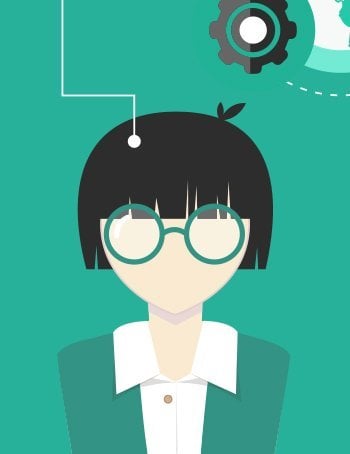
"Professor Ott is a very active NCWIT member who is advancing diversity and inclusion at Michigan Tech and in her community," says Lucy Sanders, co-founder and CEO of NCWIT. A lot has changed since the women in Hidden Figures did their computing unnoticed and unappreciated, says Sanders. "A lot, but clearly not enough. Today, women—and especially women of color—are essentially absent from technology innovation. And when they do make technical contributions, they are often ignored, not recognized, or not given credit for their ideas.
"This is especially troubling," Sanders goes on to say, "given ample evidence of the critical benefits diversity brings to innovation, problem-solving, and creativity."
Sanders thinks the US computing community has made a lot of progress on diversity and inclusion issues in the past decade. "By and large, the computing educational community is embracing the need for change and is in action," she says. "And corporate leadership is starting to acknowledge the need for cultural reform in their technical organizations."
So—slowly but surely—classrooms and workplaces are becoming more welcoming and inviting to women. And computer science graduates, from those already retired to those just launching their careers, have the same advice for young women interested in computing: "Go for it."
Wittbrodt likes to give women considering computer science her lemons-to-lemonade speech: "Going into computer science, you will be a minority right now, but use that to your advantage. You will be the one who stands out because more often than not, you will be the only female in the room. Who do you think they will remember?"
Q&A with Michigan Tech Computer Science Alumnae
We talked with two computer science alumnae about their experiences as women in computer science. One graduated almost four decades ago. The other is a recent graduate.
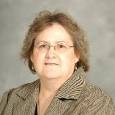 Cathy Colman earned her BS in Computer Science at Michigan Tech in 1980 and an MBA
in Management from the University of Saint Thomas in 1996. She retired as IT director
of IT quality services at 3M after more than 25 years working there.
Cathy Colman earned her BS in Computer Science at Michigan Tech in 1980 and an MBA
in Management from the University of Saint Thomas in 1996. She retired as IT director
of IT quality services at 3M after more than 25 years working there.
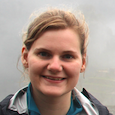 Jeanette Head earned her BS in Computer Science in 2012. She is a software engineer
at Pivotal Inc.
Jeanette Head earned her BS in Computer Science in 2012. She is a software engineer
at Pivotal Inc.
Why did you decide to study computer science?
Cathy Colman: I started out as a math major but didn’t want to teach or be an actuary. I took an Intro to Fortran class in community college before transferring to Michigan Tech and really enjoyed it. I jumped into the computing courses as a sophomore at Tech and loved them. It seemed like an up-and- coming field where jobs were plentiful, and at that time, it was.
Jeanette Head: When I was a kid, my dad worked in computers, and my mom was a computer/math teacher. She taught me HTML and how to count in binary when I was 8. In high school, I took programming classes, joined a FIRST Robotics team and did several programming competitions. From there it was an easy transition into computer science.
Were there many women in your class?
Colman: Not really, but the ratio of men to women in the late 1970s at Michigan Tech was 5 or 6 to 1, so it was not unusual to have more men than women in any class.
Head: There were only three women entering computer science my freshman year. In my first programming class, I was one of two women in a lecture hall.
Did you ever feel isolated, looked down upon as a woman studying computer science?
Colman: “At Tech it was the “you are not an engineer” stigma more than male/female. I was always clarifying that I wasn’t an engineer.
Head: One time I was hanging out with some male friends who were also studying computer science, and they asked me very confrontationally why I was in computer science since I obviously didn’t like it. I asked them what they meant, and they said they could tell I didn’t like it because I wasn’t constantly coding in my free time.
Did you have any women role models?
Colman: Once I got out in industry, I had one outstanding manager who was a woman. She had a wonderful combination of strong technical skills, business savvy and excellent people and coaching skills. Very hard to find that in many people, male or female.
Head: Going into school, I didn’t really have any role models who were women programmers. I would have liked to have known some women in the field I could look up to.
How do you think computer science is changing for women?
Colman: Of course the technology has changed immensely. I think there is a big influence of the computer gaming industry, which didn’t exist when I was in school. My sense is that may not appeal to women as much as men. The Internet and mobile computing has changed how you work, when you work and where you work. We used to have to be physically in the computer center and use the terminals there—and it wasn’t open 24/7, so we could only do our projects when the computer center was open. Hard to imagine now.
Head: There’s a lot of support and research going into making teams more diverse and lots of sprouting support groups. I do find, though, that a lot of those initiatives are supporting women getting in the door of a company or into the field in general rather than supporting them through the work day.
What advice would you give a girl considering a career in computer science?
Colman: Go for it! It is really such a broad field; you can focus on software engineering and work for a software company or focus on project management or business analysis and work for any large company that has an IT department. People of this generation seem to have more appetite for consulting and being their own boss. That way you can travel and take on projects for different firms in different locations to implement solutions for their customers. But that requires some good basic business skills. You need to be able to market yourself and have strong communication skills.
Head: I would advise anyone interested in computer science to reach out to local groups and clubs. There are groups on campus and professional groups you can find on meetup.com. I would especially recommend that a girl try a few and find one that feels like a good, welcoming fit. If people are making you feel like you don’t belong, putting you on the spot or making you uncomfortable, then that’s not the right group for you. Keep looking. Something else will be.
Michigan Technological University is an R1 public research university founded in 1885 in Houghton, and is home to nearly 7,500 students from more than 60 countries around the world. Consistently ranked among the best universities in the country for return on investment, Michigan's flagship technological university offers more than 185 undergraduate and graduate degree programs in science and technology, engineering, computing, forestry, business, health professions, humanities, mathematics, social sciences, and the arts. The rural campus is situated just miles from Lake Superior in Michigan's Upper Peninsula, offering year-round opportunities for outdoor adventure.


